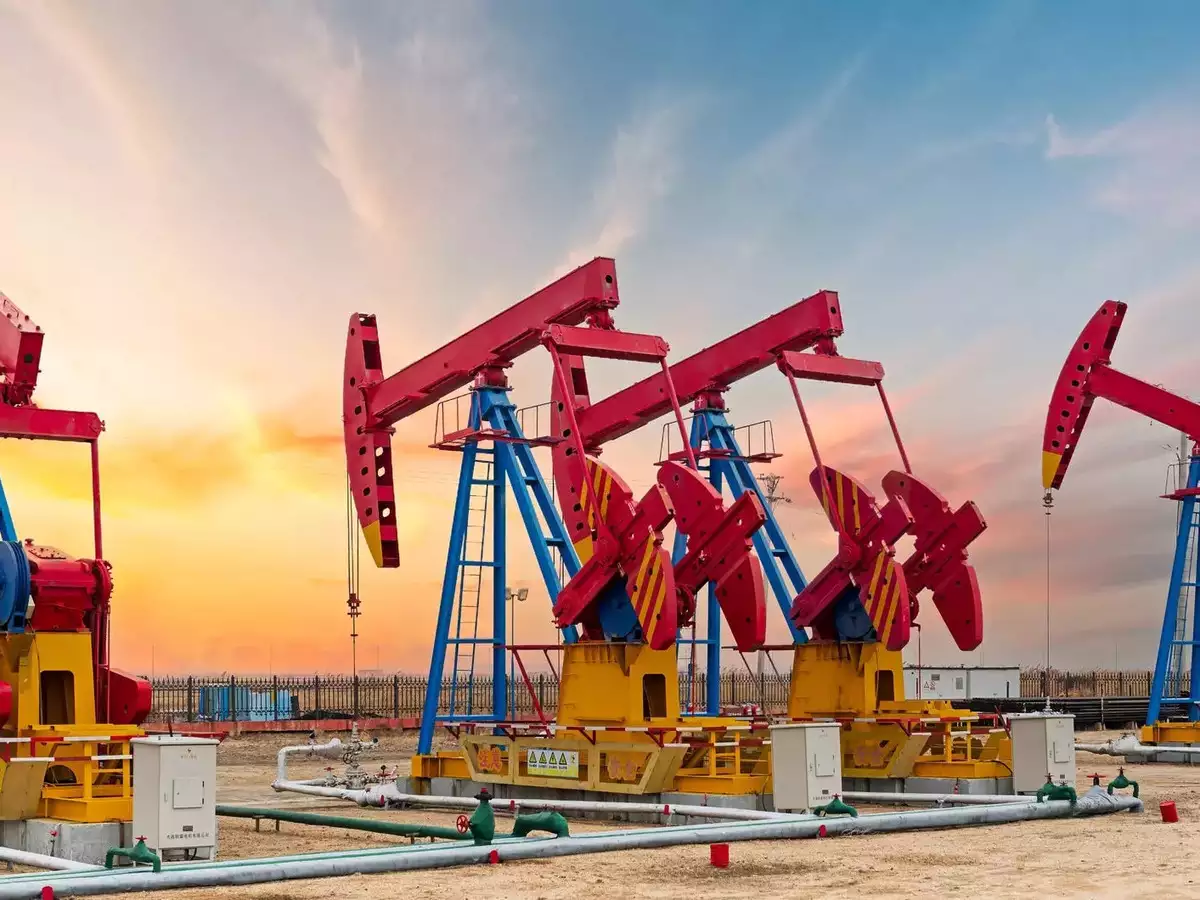This year has seen a surge in US oil output and a series of multibillion dollar mergers and acquisitions throughout the energy sector. Taken together, these developments suggest that the industry is putting aside worries about peak oil demand in favour of a robust market for years to come.
Contracts for businesses engaged in the Permian basin, a vital drilling area encompassing parts of west Texas and New Mexico, have surpassed a record $100 billion in 2023, according to a study released on December 12 by the consulting firm Wood Mackenzie.
These numbers were highlighted by Exxon Mobil’s planned $59.5 billion acquisition of Pioneer Natural Resources, the largest producer of oil and gas in the Permian basin. Other notable deals included Chevron’s $53 billion takeover of Hess and Permian Resources’ $4.5 billion all-stock acquisition of Earthstone Energy.
Lead oil analyst for the Americas at Kpler, Matt Smith, told Business Insider that “oil demand is expected to continue growing through the rest of the decade, hence consolidation in the US oil patch is a more measured approach to address this need via reduced costs and economies of scale.”
This is in contrast to the previous methods of “wildcatting,” or exploratory drilling, and boom-and-bust strategies.
It is certain that the shale sector will continue to consolidate, according to Jesse Jones, Energy Aspects’ head of North American oil production.
According to Jones, Business Insider, US oil production has above projections overall and private producers have increased their output of oil more quickly than public businesses during the past three years.
The US has produced 13 million barrels per day on average this year. According to some analysts’ predictions, that will rise in 2024. In September, US production reached a record 13.2 million barrels per day while members of OPEC+, including Saudi Arabia, and their allies, including Russia, were unable to stem the current decline in oil prices.
This week, a commodities expert at JPMorgan stated that the need for oil in developing nations is significantly undervalued and that peak oil demand is not likely to occur in our lifetimes.
According to Jim Mitchell, head of Refinitiv’s Americas oil analysts, the increase in deal-making indicates that businesses anticipate oil to be a significant energy source for a considerable amount of time and that US companies are expanding at a rate that enables them to compete on a larger scale.
The largest oil and gas firms can now compete with national oil businesses on the international scene because to mergers, Mitchell told Business Insider. “For the mid-size and smaller oil and gas companies, the mergers give financial health in an environment where financing will continue to be difficult.”
He believes that although the oil industry will continue to be robust, the rate of mergers and acquisitions will probably slow down in the upcoming year.
Larger firms are acquiring smaller ones because it’s a simple way for them to add extra output to their portfolios, according to Smith of Kpler. “It’s also an efficient way of them snapping up tried and tested assets and acreage.”
In the meanwhile, Mitchell said that despite recent drops in oil prices, a protracted period of comparatively higher prices has helped balance sheets recover from the “financial bloodbath that was COVID,” and it has supplied funding for investments or dividend payments to shareholders.

